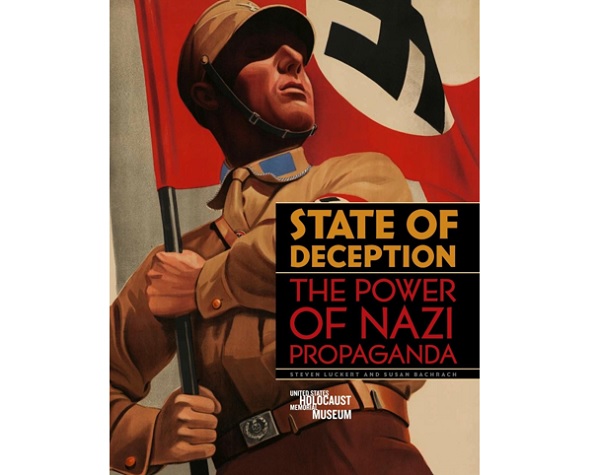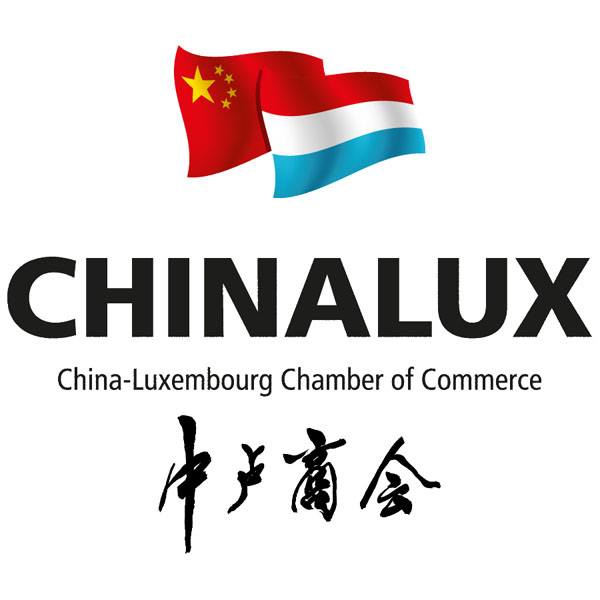 State of Deception poster;
State of Deception poster;
This exhibition, co-organised by neimënster, Zentrum first Politesch Bildung, Luxembourg Delegation to the International Holocaust Remembrance Alliance (IHRA) and the United States Holocaust Memorial Museum, documents Nazi propaganda methods. Starting from the trial of Julius Streicher, editor-in-chief of the German anti-semitic newspaper Der Stürmer, in 1945, it questions the effects of the hate calls printed in the newspaper.
“Propaganda is a truly terrible weapon in the hands of an expert”, wrote Adolf Hitler in Mein Kampf in 1924. The exhibition "State of Deception" examines how the Nazis used propaganda to win public support, implement radical programs and justify war and mass murder, while emphasising the importance of the issue today.
Featuring rarely seen artifacts, "State of Deception: The Power of Nazi Propaganda" draws visitors into a rich multimedia environment vividly illustrating the insidious allure of much of Nazi propaganda; it is part of “Devoir de mémoire”, a broad thematic focus at the Abbey in the context of Luxembourg’s Chairmanship of the IHRA.
The exhibition reveals how the NSDAP developed a sophisticated propaganda machine that deftly spread lies about its political opponents, Jews, and the need to justify war. However, in order to also appeal to broad swathes of the population, not just a fanatical extreme a much more nuanced picture had to be painted.
“Adolf Hitler was an avid student of propaganda and borrowed techniques from the Allies in World War I, his Socialist and Communist rivals, the Italian Fascist Party, as well as modern advertising,” said exhibition curator Steven Luckert. “Drawing upon these models, he successfully marketed the Nazi Party, its ideology, and himself to the German people.”
Free admission.








